Candlenut
The Candlenut is a tree belonging to the Euphorbiaceae family. Tracing its native origins has been difficult since early humans cultivated and spread this tree over many parts of the world during the bygone years. The Candlenut tree is also known by several other names, such as Candleberry, Kukui nut tree, Indian walnut, Varnish tree, Kemiri, Buah keras or Nuez de la India.
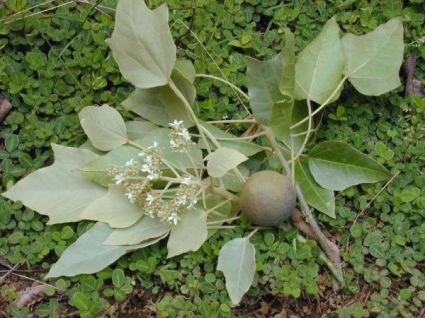
Candlenut
Table Of Content
Candlenut Scientific Name
The scientific name for this tree species is “Aleurites moluccana”.
Candlenut Description
Height: The tree grows to a height between 49 feet and 82 feet.
Branches: The pendulous branches of these trees spread far and wide.
Wood: The soft wood of the tree is white in color, has less weight and a texture ranging from fine to coarse.
Leaves: The leaves are simple or alternate, ovate, tri-lobed or sometimes penta-lobed and have an acute apex. The length of an individual leaf ranges between 3.9 inches and 7.9 inches. The stipules are small. The petioles are almost 30 centimeters in length. The leaves have a pale green coloration.
Flowers: The inflorescence is around 10 to 20 centimeters in length. They have an upper axillary or terminal and thyrsoid arrangement. The unisexual flowers are white in color. The female flowers are found on the ultimate branchlets of cymes. The smaller male flowers are arranged all around the female flowers in groups. The sepal is comprised of 2 or 3 lobes at the anthesis. The male flowers are comprised of 5 lance-shaped petals around 6 to 7 mm in length and almost 10 to 20 stamens. The petals are larger in the female flowers, around 9 or 10 mm.
Nuts: The round nuts are 4 to 6 centimeters in diameter. They have a hard shell covering which is green or brown in color. Inside the hard shell there is the whitish flesh or pulp. Single nuts grow on stout stalks. The nuts contain one or two seeds.
Seeds: The soft, elliptical, cream-colored seeds are found inside the nut. The seed coats covering the seeds are very hard. The length of each seeds is around 2.5 centimeters. The seeds are filled with rich contents of inflammable oil that enables the seeds to burn as candles. The seed shells are white in color which turns black as they mature.
Candlenut Distribution
These trees are widely grown in tropical and subtropical regions throughout the world, such as Malaysia, Indonesia, Maluku Islands, the Hawaiian Islands and the South Pacific Islands, Queensland as well as in some other parts of Australia.
Candlenut Nutritional Facts
The nutritional benefits present in per 100 grams of Candlenuts are presented below:
| Energy (kJ) | 1,979.0 kJ |
| Energy (cal) | 473.0 cal |
| Water Content | 24.4 mL |
| Fats | 49.9 g |
| Proteins | 7.8 g |
| Carbohydrates | 0.0 g |
| Complex Carbohydrates | 0.0 g |
| Potassium | 876.0 mg |
| Sodium | 14.0 mg |
| Phosphorus | 1,060.0 mg |
| Calcium | 140.0 mg |
| Magnesium | 410.0 mg |
| Zinc | 2.7 mg |
| Iron | 2.7 mg |
| Copper | 6.9 mg |
| Cadnium | 0.1 ug |
| Vitamins | |
| Thiamine (B1) | 4.2 mg |
| Riboflavin (B2) | 0.0 mg |
| Niacin (B3) Eq. | 1.3 mg |
How to grow Candlenuts
Elevation: These trees can grow anywhere between sea level to up to 700 meters above sea level. Near equatorial regions, they can grow even at elevations above 1200 meters.
Rainfall: These trees require around 640 mm to 4290 mm of rainfall in a year. Candlenut can easily grow in climates having summer, winter, bi-modal as well as uniform rainfall patterns. The trees mostly grow in areas having good levels of subsurface waters. Hence it can also tolerate spells of dry seasons. The Candlenut tree is highly tolerant of drought conditions once it is well established.
Temperature: Mean annual temperature required by these trees is around 19°C to 27°C.
Soils: Candlenut trees grow on a wide variety of soils which includes acidic soils, sandy soils, red loamy soils, limestone and stony clay soils. They are not fond of alkaline soils. However, they can tolerate soils which are neutral to slightly alkaline. The soil should be moist and well drained. These trees also have a good tolerance for infertile soils.
Soil texture: Candlenut trees grow well in light or medium-textured soils.
Soil acidity: Soil pH should range between 5 and 8.
Sun: These trees like to have full rays of sunlight.
Shade: They can grow well in medium amount of shade.
Tolerance of Fire: Candlenut trees are intolerant of fire.
Frost: These trees are probably not tolerant of frost, as they mostly grow in frost free areas of Hawaii.
Salt spray: They can tolerate a medium level of salt spray
Wind: These trees are tolerant of steady and stormy winds. They make good wind-breaking trees.
Seed processing: The fresh fruits are kept in a moist environment to be decomposed. This easily peels off the thick outer husk and exposes the hard shell which encloses the seed. If the fruits are fresh, they are allowed to decay a few days in a moist area, which facilitates peeling off the thick, leathery outer husk. This exposes the hard shell that encloses the seed. Over the course of many months, the seeds are germinated to almost 80%. The bad seeds are needed to be floated in water to quicken the rate of germination.
Pre-planting treatments: It takes about 4 months for the untreated seeds to germinate. The seeds planted in a moist ground should be provided with full sun rays to facilitate germination. The process of germination can also be hastened by cracking the seed shells and soaking the seeds overnight in water. The seeds can be treated with a proper fungicide before sowing to avoid any problems created by fungus. Seeds scarified by acid do not germinate easily.
Germination: The seeds can be directly seeded in containers. They can also be pre-germinated in beds. If you choose to pre-germinate the seeds in a bed, you should transplant them as soon as the seeds crack open and germination starts. The pre-germinated seeds can be directly sown in the field or they can also be planted in small nursery containers.
Approximate size for out-planting: The trees are ready to be planted outside when they reach a height of around 10 inches and the diameter of the stem is about 0.5 inches.
Spacing: Almost 200 to 300 seedlings can be planted in per hectare area for production of oil seeds. As a wind-breaking tree, the Candlenut trees can be planted in a row with a space of about 3 to 4 meters between them.
Propagation: Propagation of Candlenut seedlings is mostly done by seeds. The seeds take 3 to 4 months to germinate. The seedlings can be planted on locations enjoying full sun as well as in shady areas and do not require any special growing fertilizer or watering requirements. Due to the rapid growth patterns of the germinating seeds, the seeds tend to be directly seeded. The seeds can also be pre-germinated in a nursery and then direct-seeded. Propagation can also be done by cuttings. However, it is quite uncommon to do so and this procedure may not even yield a good plant growth.
Pests and pathogens: A number of fungi species are known to attack Candlenut trees. These are Cephalosporium sp., Fomes hawaiensis, Clitocybe tabescens, Physalospora rhodina, Gloeosporium aleuriticum, Polyporus gilvus, Sclerotium rolfsii, Pythium ultimum, Trametes corrugata, Sphaeronema reinkingii, Ustulina deusta and Xylaria curta. Nematodes species attacking Candlenut trees include the Meloidogyne sp.
Harvesting Candlenut
The flowers and fruits of the Candlenut trees are produced throughout the year. Mature, ripe fruits can be picked from the ground or collected from trees.
Seed storage
It is possible to store the seeds for several months by drying them and reducing the moisture content to almost 10 % to 12 %. Seeds which are collected from the ground under the trees can also be used successfully.
Candlenut Uses
Health Benefits
The various parts of the Candlenut trees are useful for their medicinal properties. The oil is used as a laxative as well as consumed in combination with castor oil because of its purgatory and irritant properties. In Malaysia, the pulped kernels and boiled leaves are used to cure fevers, headaches, swollen joints, flu, ulcers and gonorrhea. The tree bark is used for treating dysentery or diarrhea in Java. In Hawaii, the flowers and the tree sap is used to cure oral candidiasis in children. The oil is also used to lower cholesterol, reduce body weight and cure arthritis. The oil is also a strong hair stimulant and use in hair care. The plant extracts also has strong antibacterial properties. The pounded seeds are burned with charcoal and applied in the navel area for relieving constipation.
Edible Uses
Candlenuts are frequently used in Malaysian and Indonesian cuisines. In Java, a thick satay sauce is made from Candlenuts that is consumed with rice and vegetables. Due to high oil content and similar texture when crushed, Candlenuts are often used as a substitute for macadamia nuts. Candlenuts have a much bitter taste than the macadamia nuts. Roasted candlenuts are mixed with salt to form a paste which is used to make ʻInamona, a Hawaiian condiment. The raw nuts contain phorbol and saponin which makes them slightly toxic. Due to this, one should not eat large amounts of raw Candlenuts. These nuts should ideally be cooked before consumption.
Other Uses
Candlenuts trees are also used for several other purposes. These uses are described below:
- In Hawaii during the ancient times, the Candlenuts were used as a source of light. The oil in candlenuts made them burn like candles and a row of nuts were burned together. The nuts were ignited every 15 minutes, which was also useful in measuring time.
- Ink from charred nuts is used for tattoos.
- The flowers, shells and leaves of these trees are used to make garlands.
- A red-brown dye is manufactured from the bark and used in kapa and aho.
- A coating of candlenut oil is applied on the fishing nets to preserve them.
- Candlenut trre wood is used for making canoes, gunwales and seats.
- The ripened nuts are crushed into a paste and used as shampoo or soap in Tonga.
- The candlenuts are also used in the funerary rituals of Tonga.
- Candlenut is used for making several sweet scented oils which can be applied to the skin.
- Agrionome fairmairei larvae eat the dead wood of these trees.
- Candlenut oil is used to make a type of varnish.
Candlenut Recipes
Candlenuts are used in a variety of Malaysian and Indonesian recipes. Some of the popular recipes using these nuts as an ingredient are
- Shrimp Sambal
- Spicy Noodle Soup
- Ambila Chicken
- Fish Fillets with Curry Sauce
- Candlenut and Lemongrass Fried Chicken
- Poached chicken salad with candlenuts and namjim
Candlenut Side Effects
Candlenuts contain toxic substances like saponins and phorbol. Hence large quantities of these nuts should not be eaten raw which can otherwise cause side effects like nausea, violent vomiting and stomach cramps.
Candlenut Interesting Facts
Here are some interesting facts about the Candlenut trees:
- In Hawaii, the Candlenut tree is considered to be a symbol for enlightenment, protection and peace.
- On May 1st, 1959, Candlenut was declared as the state tree of Hawaii due to its numerous uses.
- The Candlenut tree also represents the Molokai Island; the symbolic shade of Molokai Island is the silvery green color of the Candlenut leaves.
- In Hawaiian mythology, it is believed that the fertility demigod Kamapuaʻa could transform himself into the Candlenut tree.
Candlenut Images
Here are some images of the Candlenut trees.
The Candlenut trees are held in high esteem in the Hawaiian Islands due to its innumerable uses. They are also quite popular due to their medicinal and culinary uses. The white flowers of these trees greatly contribute to their aesthetic quality. The Candlenut trees are thus frequently grown in gardens for ornamental purposes.
References:
https://theepicentre.com/spice/candlenut-1/
https://www.cifor.org/publications/pdf_files/Books/BKrisnawati1102.pdf
https://hort.purdue.edu/newcrop/duke_energy/Aleurites_moluccana.html
https://www.cabidigitallibrary.org/doi/10.1079/cabicompendium.4124
- by Prasenjit Banerjee
- January 23rd 2012

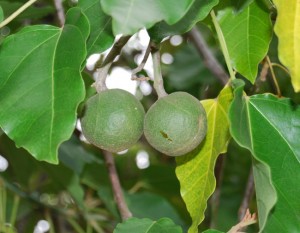
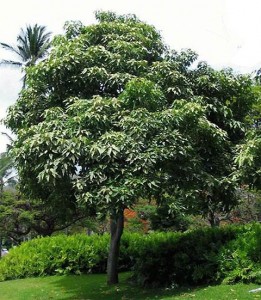
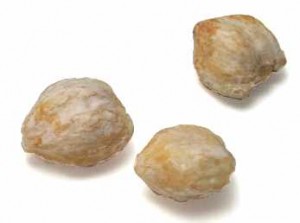
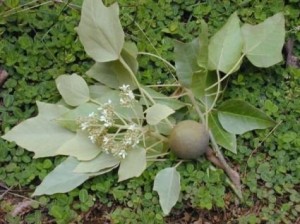
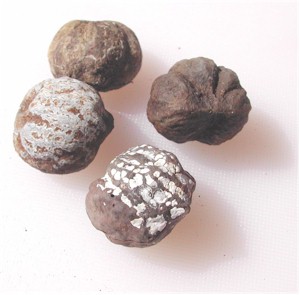
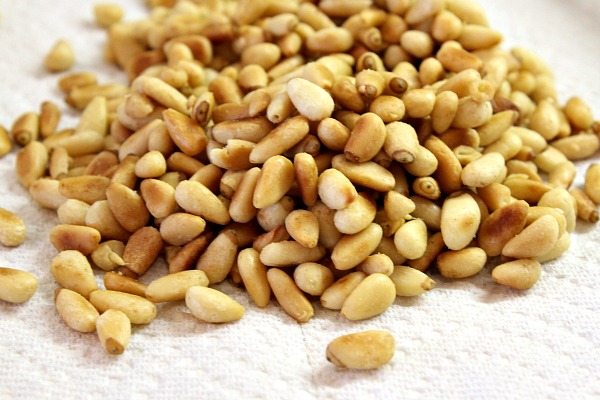

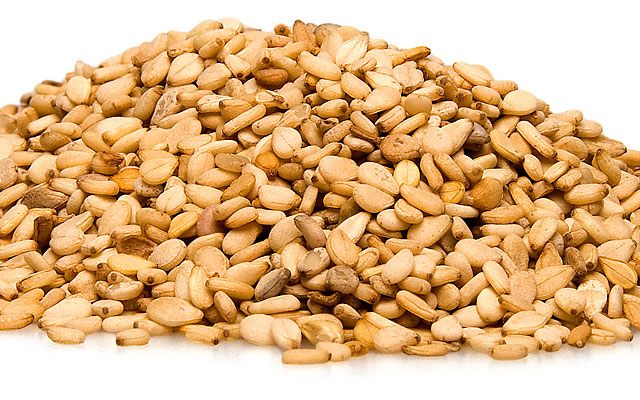
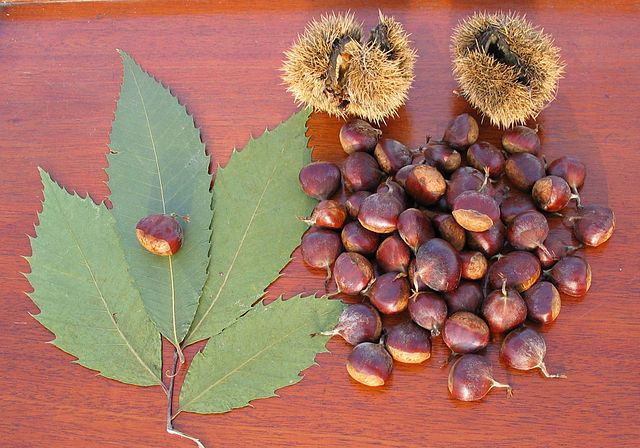















Leave a Reply